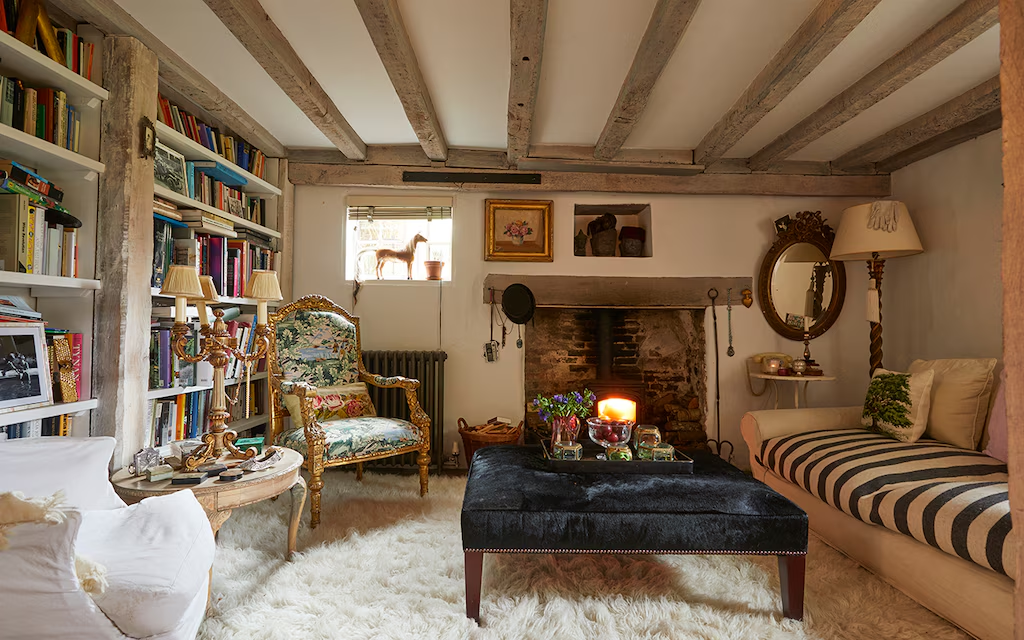Small room, big potential: How to make the most of your space with fitted furniture
As houses in the UK continue to shrink, maximising every centimetre of living space has become an important task to do. Small rooms have their own challenges, but with strategic space and the right furniture choices, even the most compact spaces can become both functional and aesthetically pleasing.
- Embrace customisation with fitted furniture
Unlike standard furniture that often leaves awkward gaps or protrudes into valuable floor space, bespoke fitted solutions can use every available inch from floor to ceiling. The Property Price Advice highlights that custom-fitted furniture can increase usable space storage by a lot when compared to freestanding alternatives. Fitted furniture adapts to architectural quirks instead of fighting against them. Sloped ceilings, unusual alcoves, and tight corners become opportunities rather than obstacles. When measuring precisely and designing specifically for your space, nothing goes to waste.
- Utilise vertical space with tall storage solutions
When floor space is limited, thinking vertically becomes important. The Architecture for Humanity Organisationnotes that many homeowners overlook the potential storage space by not using wall height effectively. Floor-to-ceiling cabinetry draws the eye upward, creating the perception of height while giving substantial storage. Even narrow spaces between doors or windows can accommodate slim pull-out storage units, perfect for pantry items, books, or office supplies. Wall-mounted desks with overhead shelving can create functional zones without consuming valuable floor area.
- Incorporate multifunctional furniture pieces
Furniture that has multiple purposes is invaluable in small spaces. Incorporating a fitted home office within your living area allows for a dedicated workspace without sacrificing valuable room, combining functionality with efficient use of space. These bespoke solutions can include concealed desks that fold away when not in use, integrated power supplies, and tailored storage for specific equipment.
- Enhance lighting and colour to create an illusion of space
Strategic use of colour and light affects spatial perception. Usually lighter hues reflect more light, which makes walls appear to recede and spaces feel larger. Choose pale, cool tones for walls and larger furniture pieces to create a sense of openness. Lighting is just as important. Layered lighting, combining ambient, task, and accent sources, creates a depth, while wall-mounted or recessed fixtures free up surface space. Mirrors properly placed opposite windows can also amplify light, potentially increasing the perceived room size.
When incorporating these strategies, even the smallest rooms can be changed into highly functional, visually appealing spaces that meet your specific needs without feeling cramped or compromised.





Comments are closed.